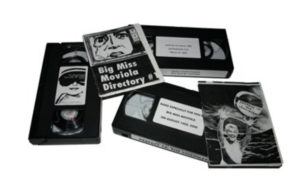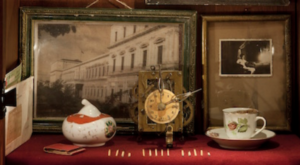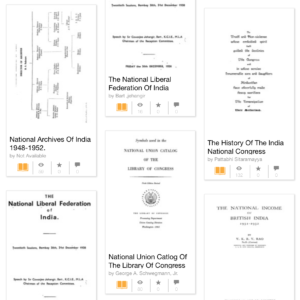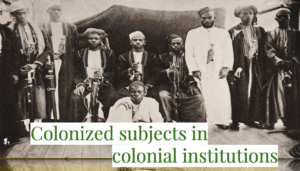
Miranda July’s semi-personal and semi-public Joanie 4 Jackie is a film archive that protests against the exclusion of women from the film world. For years this project was an open and living grassroots network for women and girls around America to create and exchange films that counteract their lack of opportunities in the film industry. Murray’s project explores both the radical and practical implications of July’s archive, which is constructive in spite of exclusion.

Orhan Pamuk’s novel, The Museum of Innocence, is both a novel and a real museum, created by Pamuk to explore the city of his youth. Pamuk constructs this museum, the Masumiyet Müzesi, from real objects related to the novel he was concurrently writing. Hammes’s project interrogates the intersections between “museum” and “archive,” particularly the line dividing curated library from static archive, and also the act of novel-writing as archiving.

Launched into space in 1977, the Voyager Spacecraft contains two Golden Records with selected sounds and images that portray the diversity of life and culture on Earth. The creators hoped that the record would reach and inform intelligent extraterrestrials about earth and its inhabitants. Rider’s project is interested in thinking through the tensions between the humanist anthropological mode in which the archive was made and the posthumanist worldview it claims to represent.

In 2016, the Government of India launched the National Digital Library of India, an ambitious digitization project that involved scanning all books from various libraries in India, apparently without much curation. The scope of the project eventually narrowed, but a large number of scanned books and documents have been uploaded illegally on archive.org. What is the nature of a digital archive that is not legal or curated? And how do considerations about unregulated digital media allow us to rethink the status of boxed, pre-processed materials in physical archives?

A “Geniza” is a room for discarded papers in a synagogue, traditionally for the ritual disposal of texts containing the name of God. The Friedberg Project is a multi-million dollar effort to reunite the Geniza from almost a millennium of Jewish history based around Cairo, with high-quality image files, transcriptions and translations, a comprehensive bibliography, and other resources. Most uniquely, the Friedberg has utilized advanced image technology to re-join manuscripts that had been fragmented and which have resided in different collections for over a century.

Xtube is an amateur porn site where users upload their own often self-starring pornographic content for a viewing public. This socially-determined, “crowd-sourced” archive of vernacular sex practices explodes the 20th century narrative of pornography archives as concealed secrets. At once an unprecedented window onto the sex that people are (supposedly) really having and an obscurantist administrator of its own meta-data and epistemological effects, Xtube’s archive occludes at least as much it lubricates our access to 21st century sexualities.


How do you create and preserve queer archives without reifying the patriarchal structures that “protect” and “conserve” the materials of the archive? The Lesbian Herstory Archives (LHA) gathers records of Lesbian lives and activities in ways that subvert traditional archival methods and research. It runs completely by volunteer labor, practices a folksonomic and improvisational cataloguing, and shelves books by the author’s first name.


